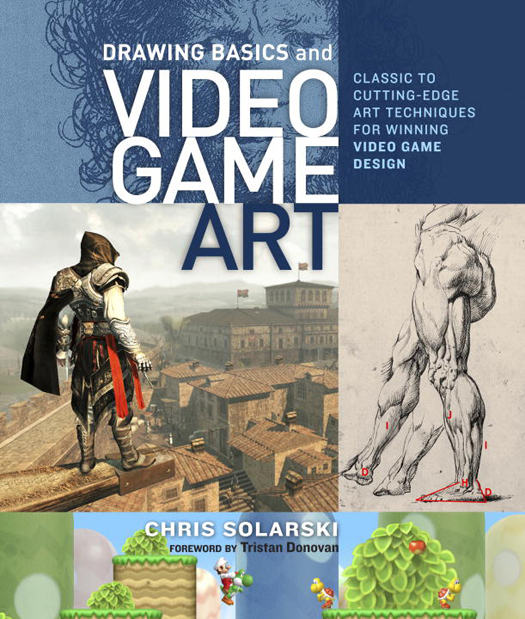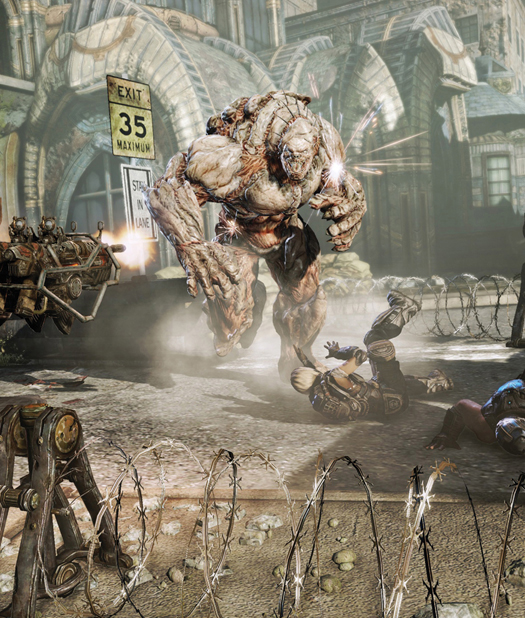Copyright 2012 by Chris Solarski
All rights reserved.
Published in the United States by Watson-Guptill Publications, an imprint of the Crown Publishing Group, a division of Random House, Inc., New York.
www.crownpublishing.com
www.watsonguptill.com
WATSON-GUPTILL is a registered trademark and the WG and Horse designs are trademarks of Random House, Inc.
Artwork by Chris Solarski, except as otherwise noted throughout and below:
Images from Gears of War Copyright 2006 Epic Games, Inc. used with permission from Epic Games, Inc. Unreal, Unreal Engine, Gears of War and Epic Games are trademarks or registered trademarks of Epic Games, Inc., in the United States of America and elsewhere. All rights reserved.
Flower artworks 2008 Sony Computer Entertainment America LLC. Flower is a registered trademark of Sony Computer Entertainment LLC. Developed by thatgamecompany.
Journey artworks 2011 Sony Computer Entertainment America LLC. Journey is a registered trademark of Sony Computer Entertainment LLC. Developed by thatgamecompany.
Library of Congress Cataloging-in-Publication Data
Solarski, Chris.
Drawing basics and video game art : classic to cutting-edge art techniques for winning video game design / By Chris Solarski.
1. Computer games Design. 2. Video games Design. 3. Art Technique. I. Title.
QA76.76.C672S65 2012
794.81536 dc23
2011046341
eISBN: 978-0-8230-9848-4
Cover design by Karla Baker
Cover art: Front (clockwise, left to right): Self-Portrait, Frowning by Rembrandt van Rijn; anatomical studies of the leg by Peter Paul Rubens; New Super Mario Bros.; Assassins Creed.
Back (clockwise, left to right): Gears of War; Little Big Planet; Journey. Spine: Mario.
HALF-TITLE PAGE Journey
Detail of The Birth of Venus by Sandro Botticelli, Skeleton with Muscles by Bernhard Siegfred Albinus, Prince of Persia
v3.1
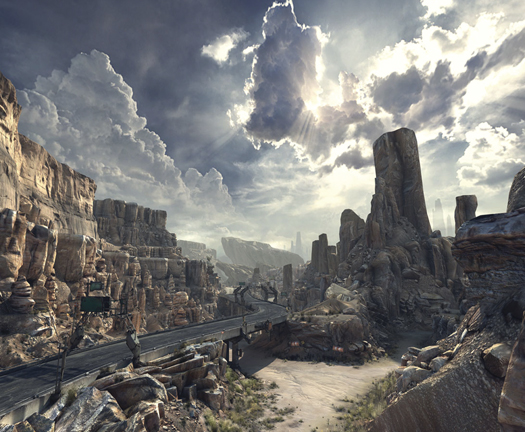
RAGE
I dedicate this book to Didi Meier, who courageously endured my absence while I was writing.
Thank you for your love and support, Didimost of the time.;)

I would like to sincerely thank the following people for their support in making this book possible: my family and friends; Victoria Craven, Editorial Director at Watson-Guptill, who had the vision to see a book when she read my Gamasutra article; my editor, Martha Moran, whose patient guidance and diligence was instrumental in bringing everything together; Ben Fisher, for dedicating precious time to reviewing the anatomy sections of this book and for his invaluable insights; Tristan Donovan, Alex Learmont, Dr. Bob Sumner, Andi Brandenberger, Alex Pons Carden-Jones, Michael Lew, and Pascal Mueller for their feedback and assistance; my most influential teachers, whose wealth of knowledge is much a part of this book: Brendan Kelly, Michael Mentler, and Zofia Glazer; at Gbanga: Matthias Sala, cofounder and CEO, and Werner Sala, cofounder and CFO, for their limitless generosity and kindness and for giving me time away from my duties at Gbanga when I most needed it; Christine Matthey and Sylvain Gardel for their ongoing support through www.GameCulture.ch and the Swiss Arts Council; Christian Nutt, features editor at Gamasutra, who published the online article that was the original inspiration for this book; Spring Gombe for kindly hosting discussions at Up the Rock: Salon der Knste and those who attended to give their crucial input, including Eugeniya Kareva, Marc Bodmer, Serge Pinkus, and Ulrich Gtz; Janina Woods and Kaspar Manz for being on call to share their extensive knowledge of video games.
This book could not have happened if it wasnt for the following people who kindly helped source the outstanding artwork featured throughout (and equally the images that didnt make it in) despite their hectic schedules: Craig Adams and Jori Baldwin at Superbrothers; Emily Britt at 2K Games; Jonnie Bryant at Blizzard Entertainment; Myrna Anderson at Atari, Inc.; Sam Woodward and the team at Irrational Games; Ruth Kelly, Emma Tietjens, and Michael Evans at SCEE; Brian Dunn and Claudine Rican at SCEA; Jenova Chen at thatgamecompany; Arnt Jensen at Playdead; Cathy Campos, Emrah Elmasli, Mike McCarthy, and Tak Saito at Lionhead Studios; Simon Flesser at Simogo; Moby Francke at Valve Corporation; Janna Smith at Namco Bandai Games; Mark Healey, Alice Liang, and Luci Black at Media Molecule; Chris Boba at Corel and Alexander Hopstein at Adobe for giving me support with their fantastic graphics software.
Gears of War 2
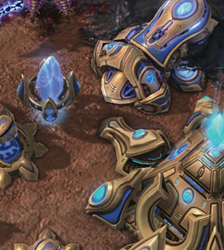
StarCraft II: Wings of Liberty (Artwork courtesy of Blizzard Entertainment)
FOREWORD
We often treat games as if they exist in a bubble. Players and nonplayers alike talk as if they are separate, somehow dislocated, from the rest of society and culture. Yet games are very much shaped by the wider world and visual vocabulary honed over centuries by artists past and present.
But too often game developers dont know or fail to draw on this treasure chest of artistic know-how. Since the earliest days of video games they have repeatedly defaulted to the conservative visual tropes of Tolkienesque fantasy, Blade Runner sci-fi, and Japanese manga and anime without any vision for how to reinvigorate them. At other times they are lured by the Siren call of realism, mistaking an extra million polygons worth of detail for an artistic leap forward when its just another layer of information for player brains to filter through.
Game art doesnt have to be this unimaginative, as Chris Solarski expertly demonstrates within this book. He explains clearly and accessibly how arts rich past offers game makers an arsenal of visual techniques that can heighten, reinvent, or shape the player experience in emotional as well as visual terms. We learn how RAGE follows in Michelangelos footsteps, how Team Fortress 2 echoes Tintoretto, and how an artists understanding of shapes can explain the importance of roundness in Marios appeal.




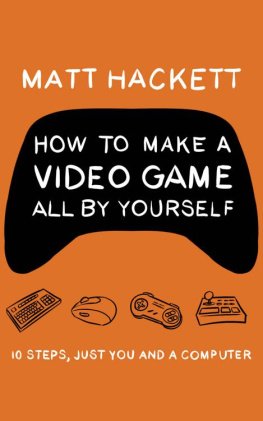


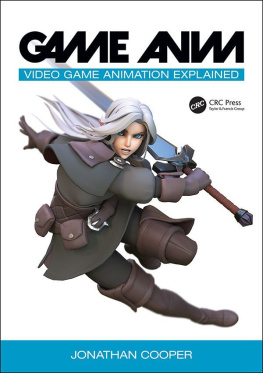
![Scott Rogers [Scott Rogers] - Level Up!: The Guide to Great Video Game Design](/uploads/posts/book/119441/thumbs/scott-rogers-scott-rogers-level-up-the-guide.jpg)
![Ethan Ham [Ethan Ham] - Tabletop Game Design for Video Game Designers](/uploads/posts/book/119417/thumbs/ethan-ham-ethan-ham-tabletop-game-design-for.jpg)

